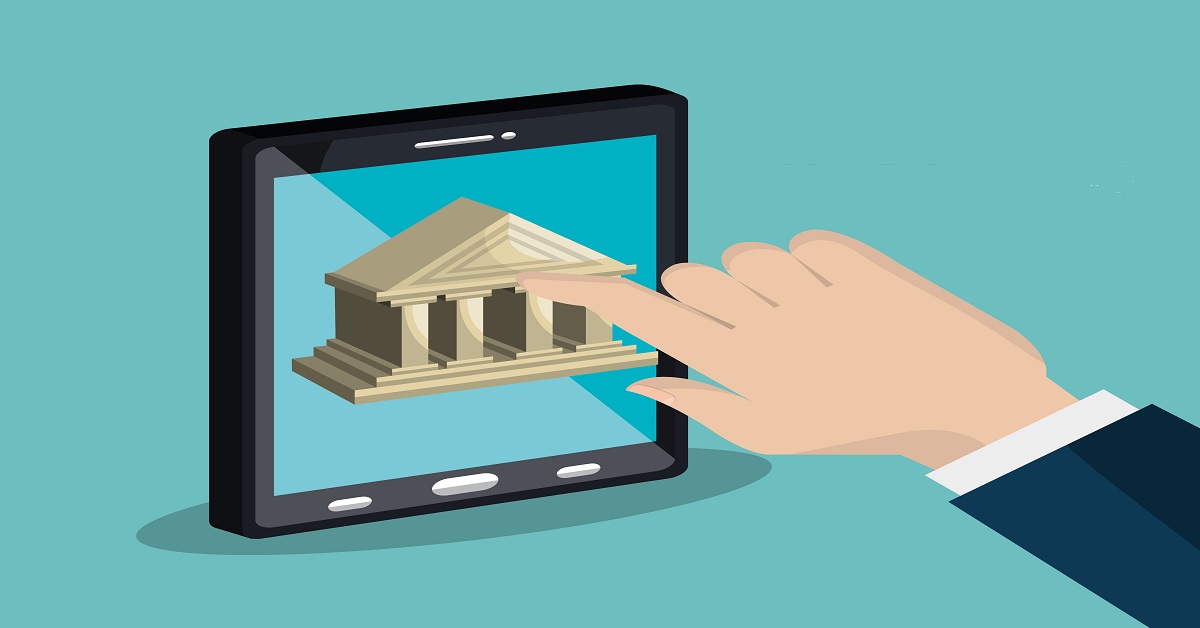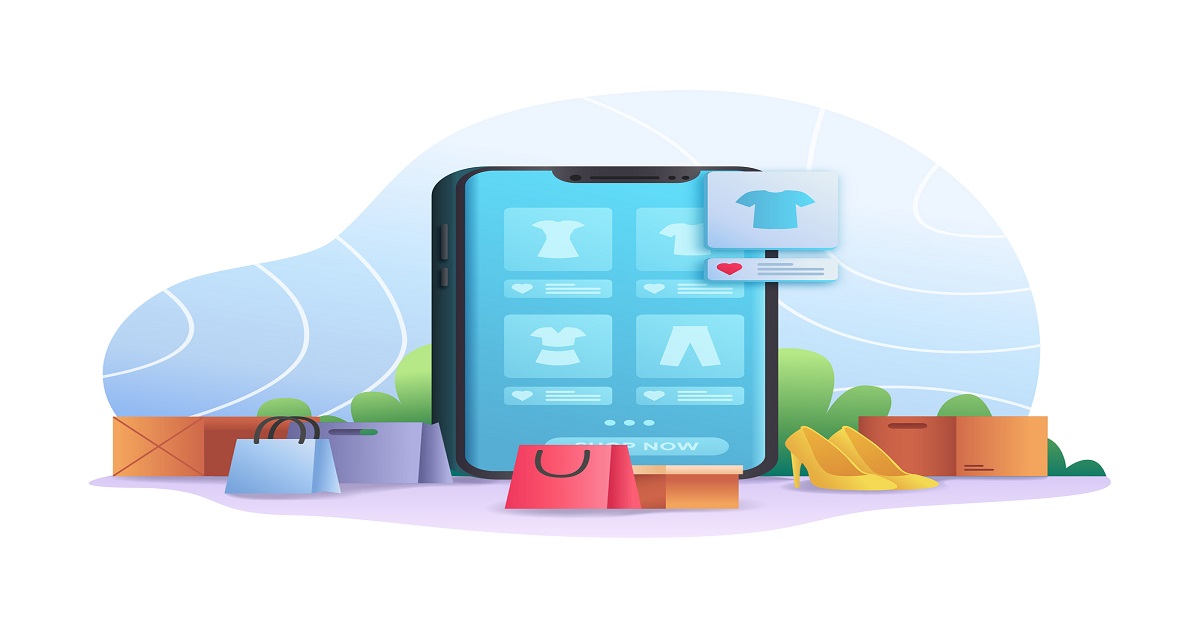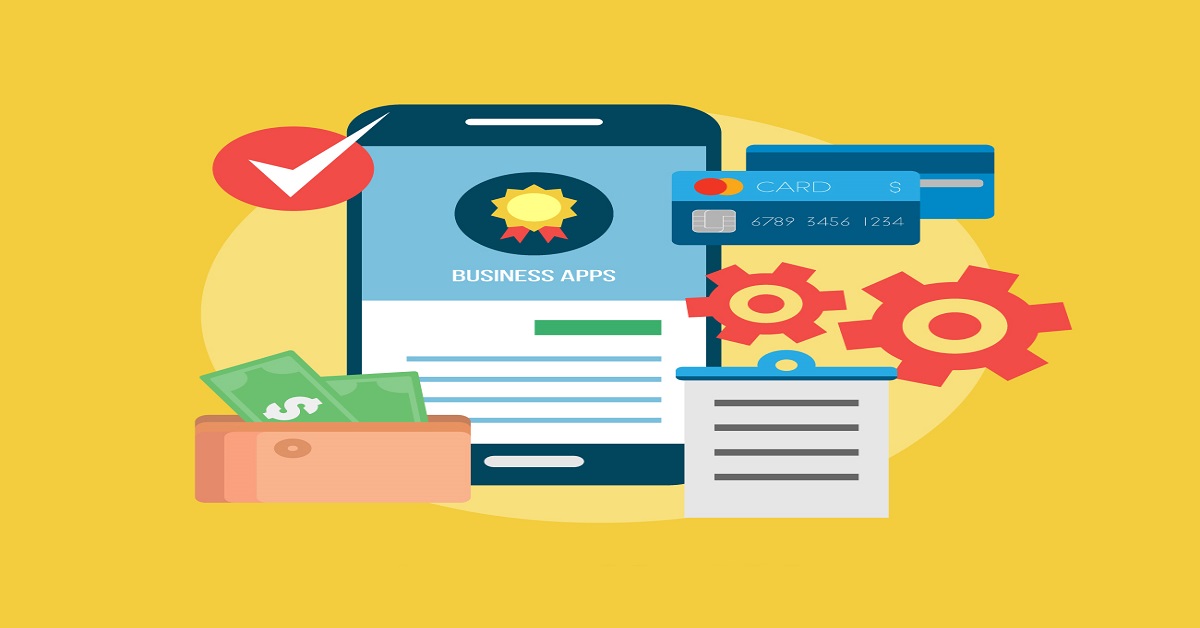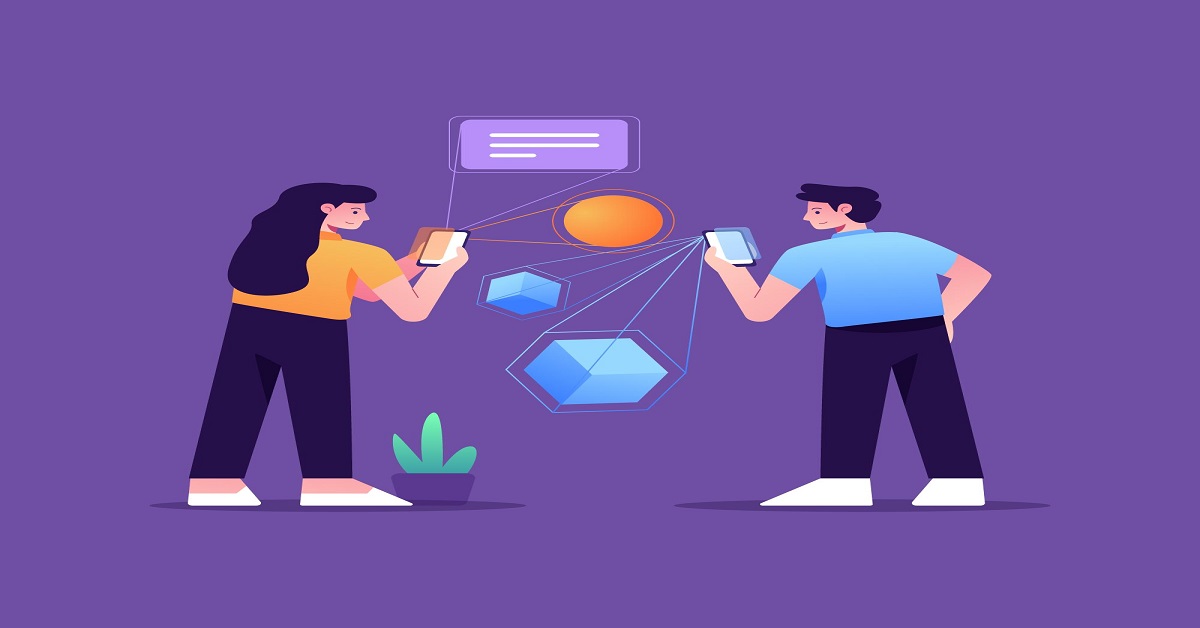The Role of Mobile Banking Apps in Expanding Financial Inclusion Globally

Strong 8k brings an ultra-HD IPTV experience to your living room and your pocket.
Mobile banking has revolutionized the financial landscape, providing users with easy access to banking services anytime, anywhere. As technology advances, mobile banking apps are becoming a crucial tool in driving financial inclusion, particularly in underserved regions. These apps empower individuals with features such as secure payments, loans, savings, and financial education, bridging the gap between traditional banking and the unbanked population. Mobile banking app development plays a pivotal role in making these services more accessible, reliable, and secure. With continued innovation, mobile banking apps are set to reshape the way people manage their finances, fostering economic growth globally.
What is Financial Inclusion?
Financial inclusion refers to ensuring that individuals, regardless of their economic background or geographic location, have access to essential financial services such as savings accounts, loans, insurance, and payment systems. Historically, many populations around the world have been excluded from formal financial systems due to factors such as lack of infrastructure, high transaction costs, and geographical isolation. As a result, these individuals face challenges in managing their finances, securing loans, and participating fully in the economy.
Mobile banking apps are bridging this gap by providing a platform that connects users to financial services with just a smartphone and an internet connection. This digital shift has allowed millions to engage in the global economy and improve their financial stability.
Key Ways Mobile Banking Apps Promote Financial Inclusion
1. Accessibility and Convenience
One of the most significant barriers to financial inclusion is the lack of physical banking infrastructure in rural or underserved areas. Traditional banks require customers to visit physical branches, which may be far away, time-consuming, and expensive. Mobile banking apps, on the other hand, eliminate this barrier by making banking accessible from anywhere at any time. A mobile phone with an internet connection becomes the gateway to financial services.
For individuals in rural areas or remote regions, mobile banking apps are particularly advantageous. Whether it's sending money to a family member, paying bills, or saving for the future, these services are accessible at the touch of a button—helping users manage their finances on their own terms, without the need for a brick-and-mortar bank.
2. Lowering Transaction Costs
In many parts of the world, traditional banking comes with high fees that discourage people from using formal financial services. The costs of opening accounts, maintaining minimum balances, and executing transactions can add up quickly, making banking a costly endeavor for low-income individuals. Mobile banking apps help reduce these costs significantly by streamlining the process and cutting down on overheads associated with physical branches.
For example, mobile money services like M-Pesa in Kenya have enabled millions to send and receive money with minimal fees. This has been particularly impactful in sub-Saharan Africa, where remittances from family members working abroad play a crucial role in supporting local economies. Mobile apps offer a much cheaper alternative to traditional money transfer methods, empowering users to keep more of their hard-earned money.
3. Financial Education and Literacy
Financial literacy is another challenge faced by many individuals in underserved communities. Without a clear understanding of budgeting, saving, or borrowing, many people struggle to manage their finances effectively. Custom Mobile banking app are increasingly incorporating features that educate users about personal finance.
Some mobile banking apps offer built-in tools such as budgeting guides, financial tips, and educational resources to help users understand how to manage their money. These resources can empower users to make better financial decisions, build savings, and access credit responsibly. Moreover, the convenience of mobile apps allows users to learn at their own pace, without the intimidation or complexity of traditional banking.
4. Access to Credit and Loans
One of the biggest hurdles to financial inclusion is the lack of access to credit for individuals who do not have traditional credit histories. Mobile banking apps are helping to overcome this challenge by leveraging alternative data sources—such as mobile usage patterns, social media activity, and transaction history—to assess creditworthiness. This data enables financial institutions to offer microloans and credit lines to individuals who may otherwise be deemed too risky for traditional loans.
For instance, mobile banking platforms like Branch and Tala offer microloans to people in developing countries, allowing them to borrow small amounts of money without the need for a credit score. This access to credit can significantly improve financial stability by helping individuals cover emergencies, start small businesses, or invest in their futures.
5. Digital Payment Solutions
Digital payments are revolutionizing the way people transact, particularly in countries with limited access to banking infrastructure. Mobile banking apps enable users to make payments, transfer money, and purchase goods and services without relying on cash. This is especially crucial in regions where cash can be difficult to carry or unsafe to use.
By enabling digital payments, mobile banking apps help integrate the unbanked into the formal economy. These apps provide users with a safe and secure platform to perform daily transactions, reducing their reliance on informal systems like moneylenders or cash-based transactions. Additionally, digital payment solutions help businesses—especially small and medium-sized enterprises (SMEs)—expand their customer base and improve their cash flow by offering convenient payment methods to a broader audience.
6. Encouraging Savings and Investments
Mobile banking apps also play a role in encouraging savings and investments, particularly in regions where traditional banking systems may not offer competitive savings products. Many mobile banking apps have integrated savings features, allowing users to set aside small amounts of money automatically. This can be an essential tool for individuals who may not have access to high-yield savings accounts at conventional banks.
Some apps also offer investment options that are tailored to lower-income individuals, helping them build wealth over time. By providing access to a range of financial products, mobile banking apps enable users to plan for the future and achieve financial security.
Challenges and the Future of Mobile Banking for Financial Inclusion
While mobile banking apps have made significant strides in promoting financial inclusion, there are still challenges to address. Limited internet access, especially in remote areas, remains a barrier for some individuals. Additionally, there are concerns regarding cybersecurity and the protection of users' sensitive financial information.
However, these challenges are not insurmountable. With the rise of affordable smartphones and the expansion of internet connectivity, particularly through initiatives like 5G networks, mobile banking will continue to reach even more people. Furthermore, as hire mobile banking app developers evolves, so will the tools to enhance security and protect users' data.
Conclusion
Mobile banking apps are playing a vital role in expanding financial inclusion globally. They offer access to essential financial services, reduce transaction costs, improve financial literacy, provide access to credit, and support digital payments. As mobile technology continues to advance, these apps will increasingly help bridge the financial divide, providing opportunities for millions of people to achieve economic empowerment and greater financial stability.
By embracing mobile banking, we’re not just improving financial services—we’re building a more inclusive, connected, and equitable global economy. As these apps evolve, they hold the potential to change the way people manage their finances, ultimately leading to greater financial inclusion for all.
Note: IndiBlogHub features both user-submitted and editorial content. We do not verify third-party contributions. Read our Disclaimer and Privacy Policyfor details.






